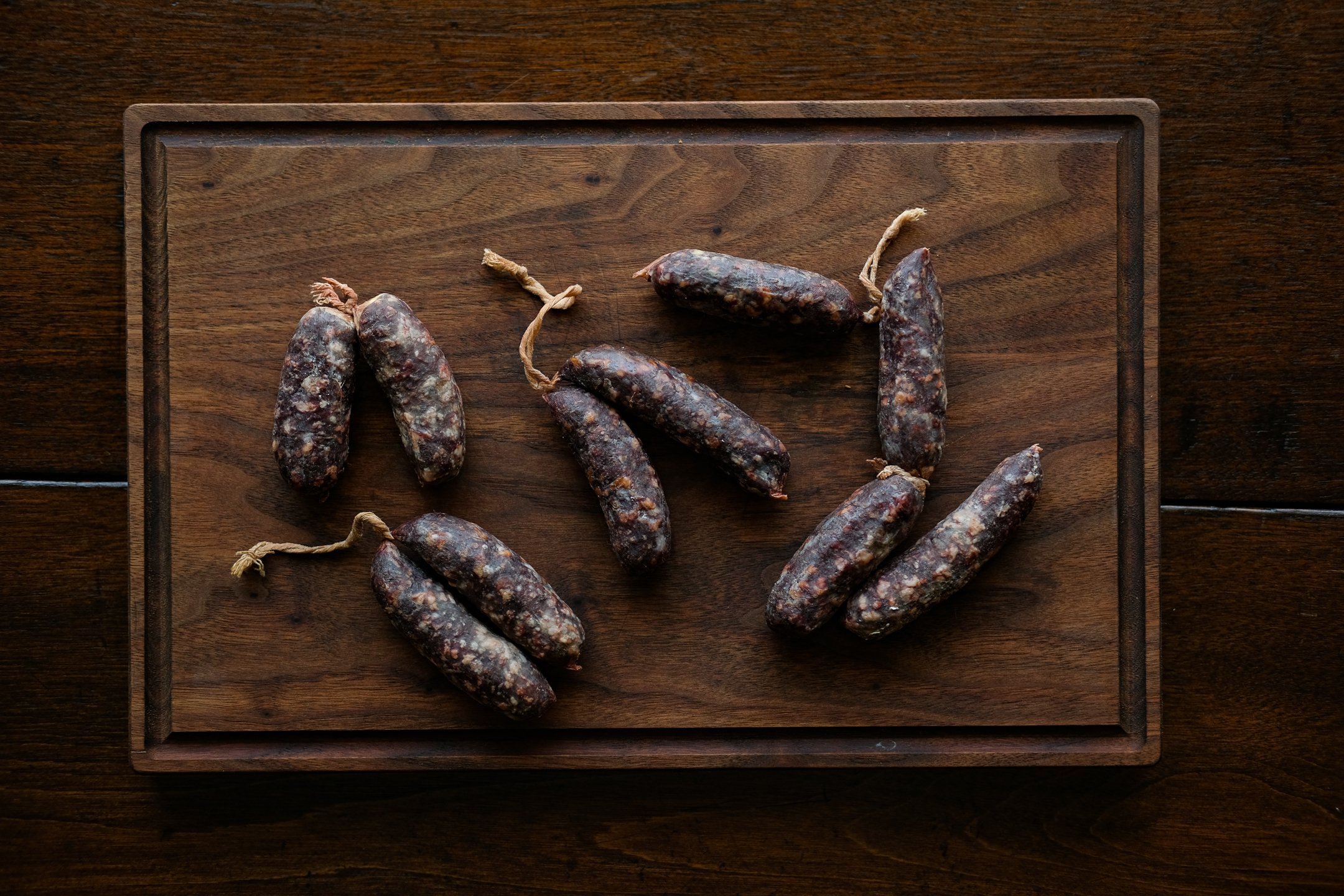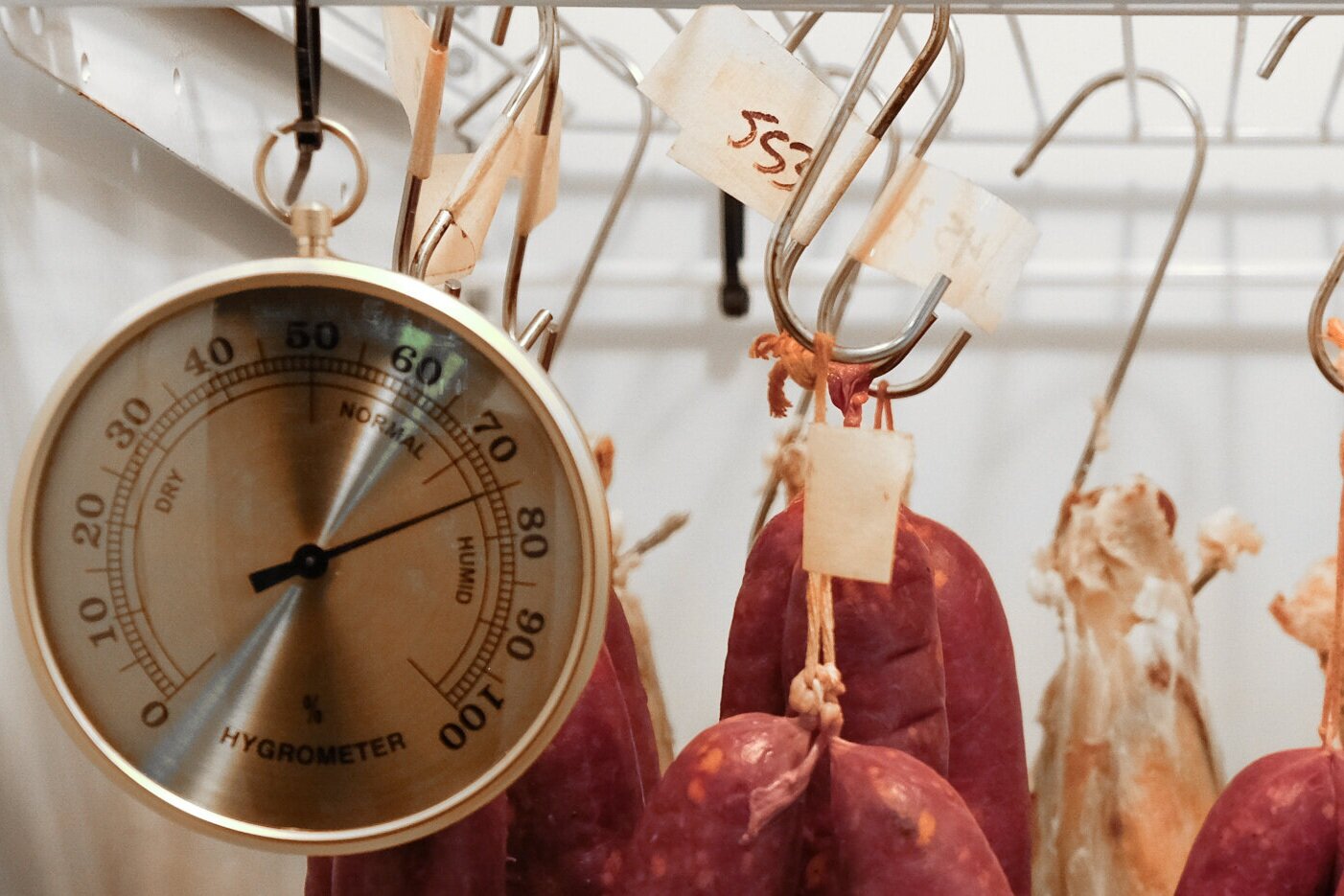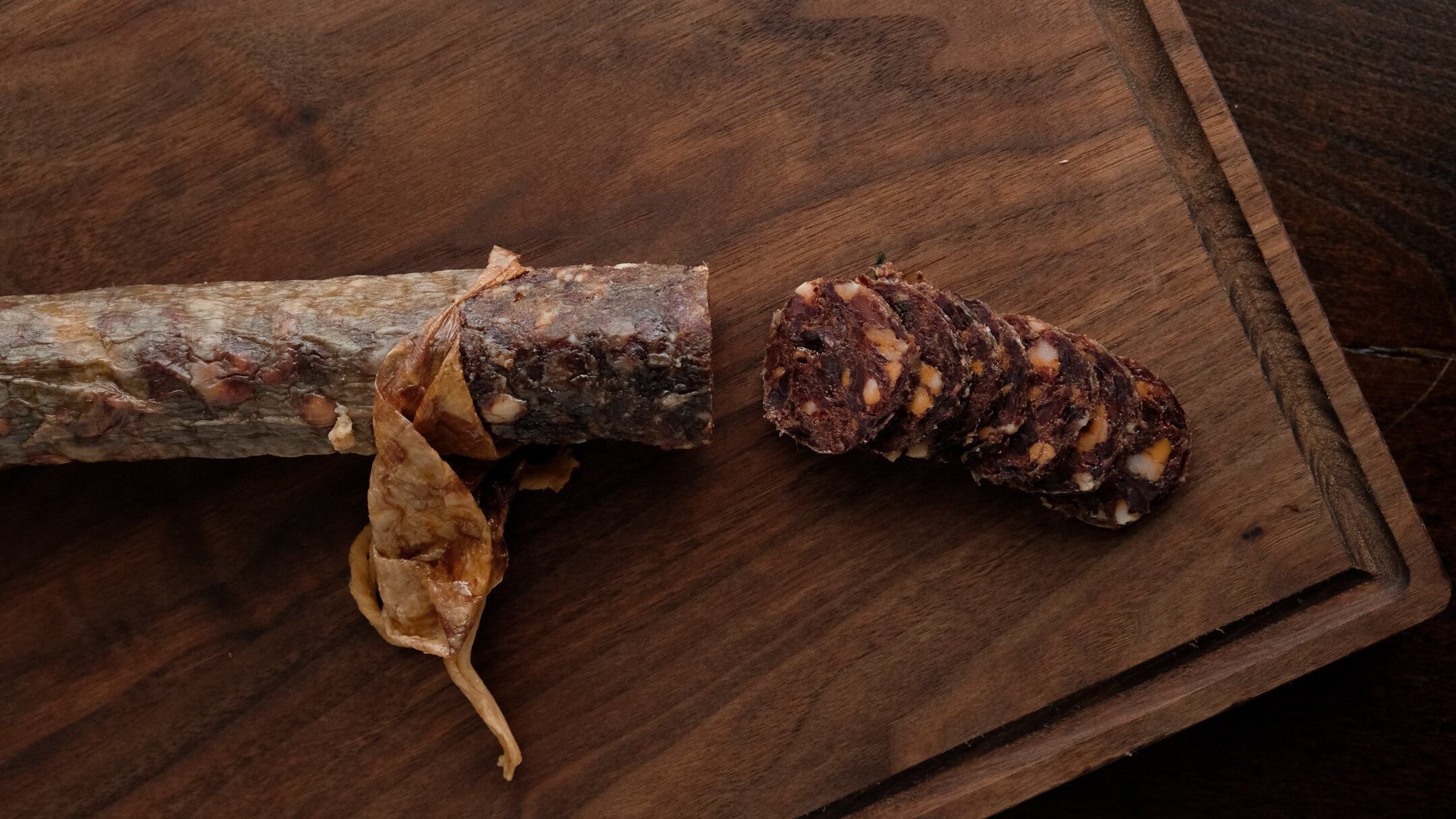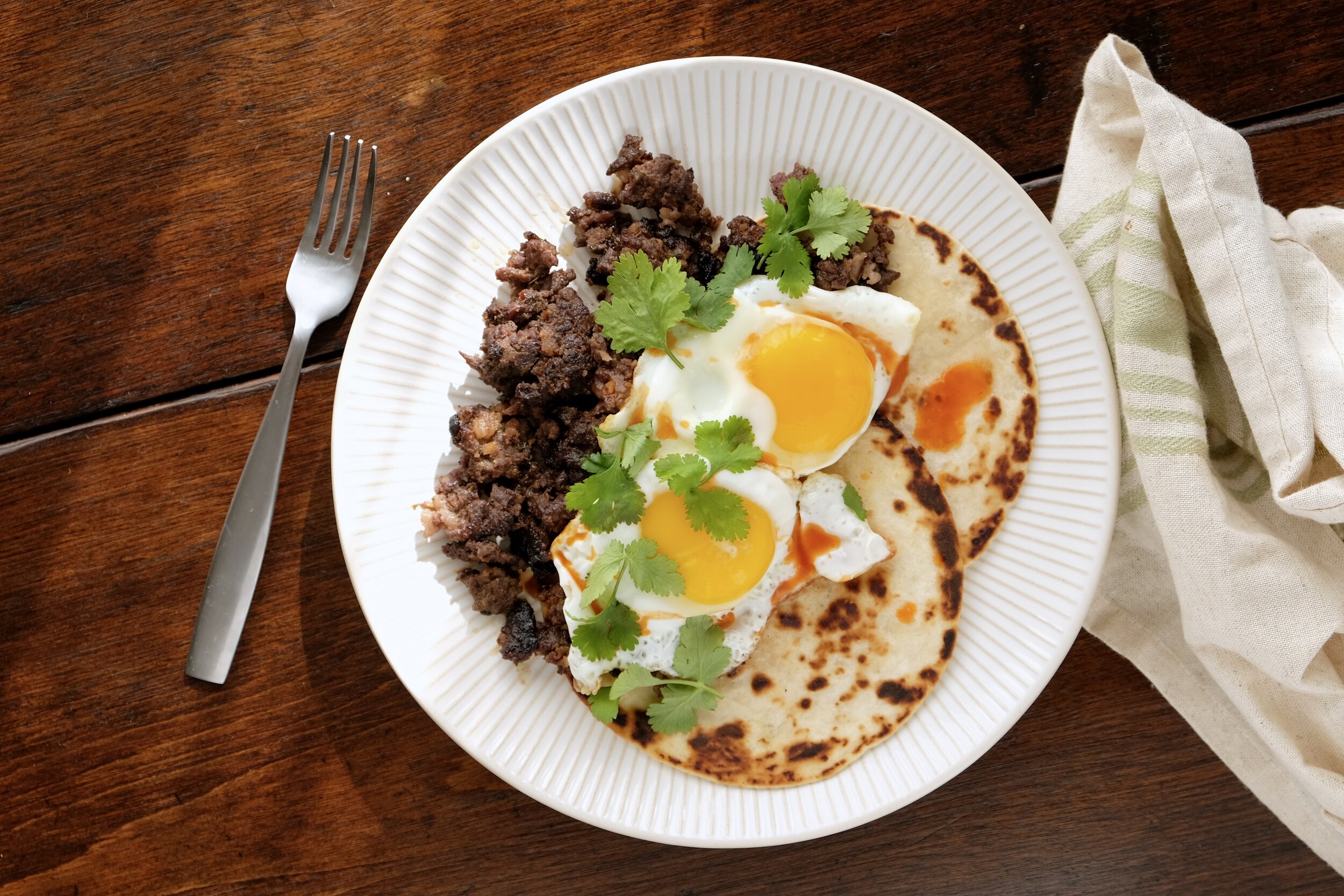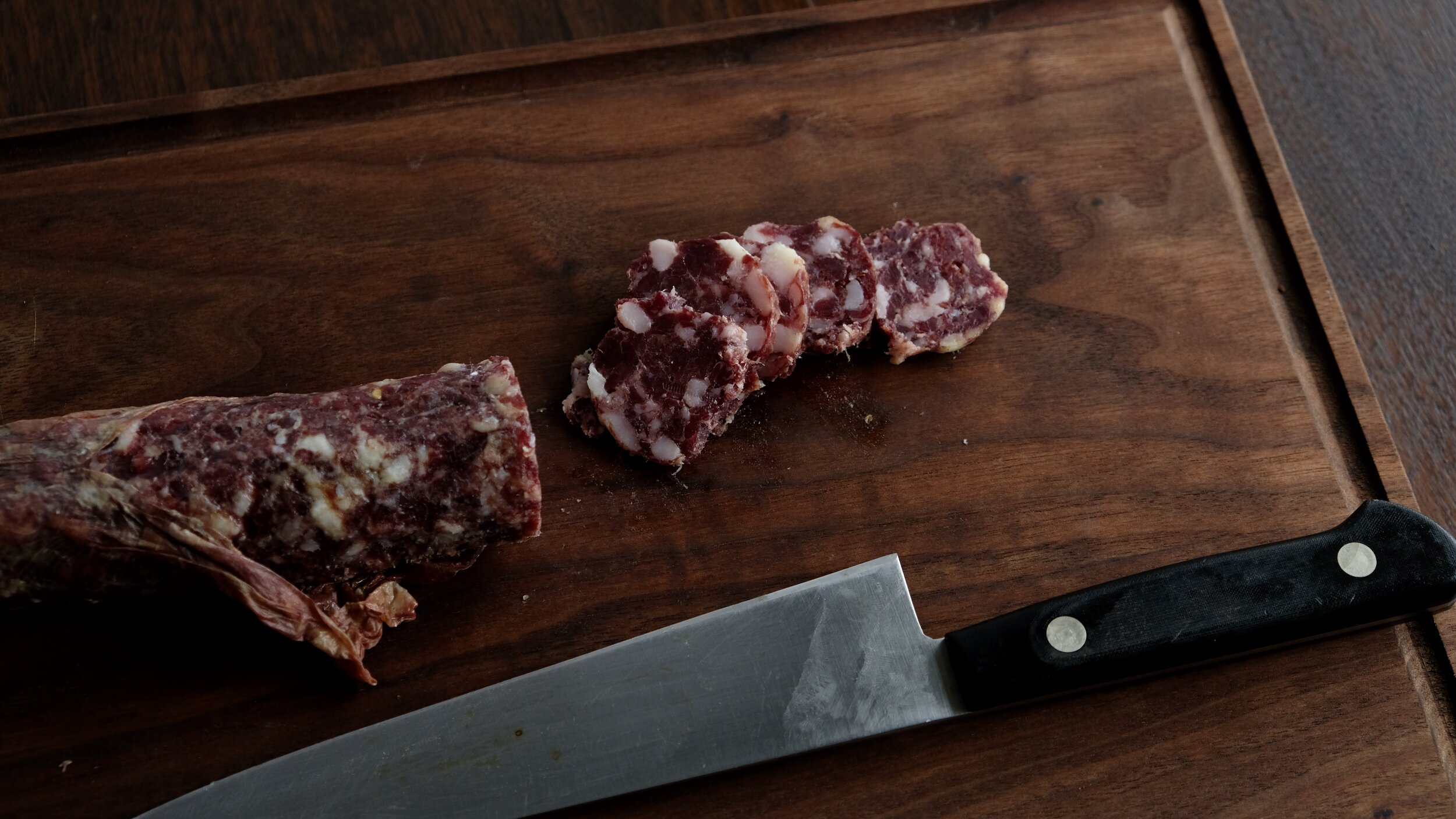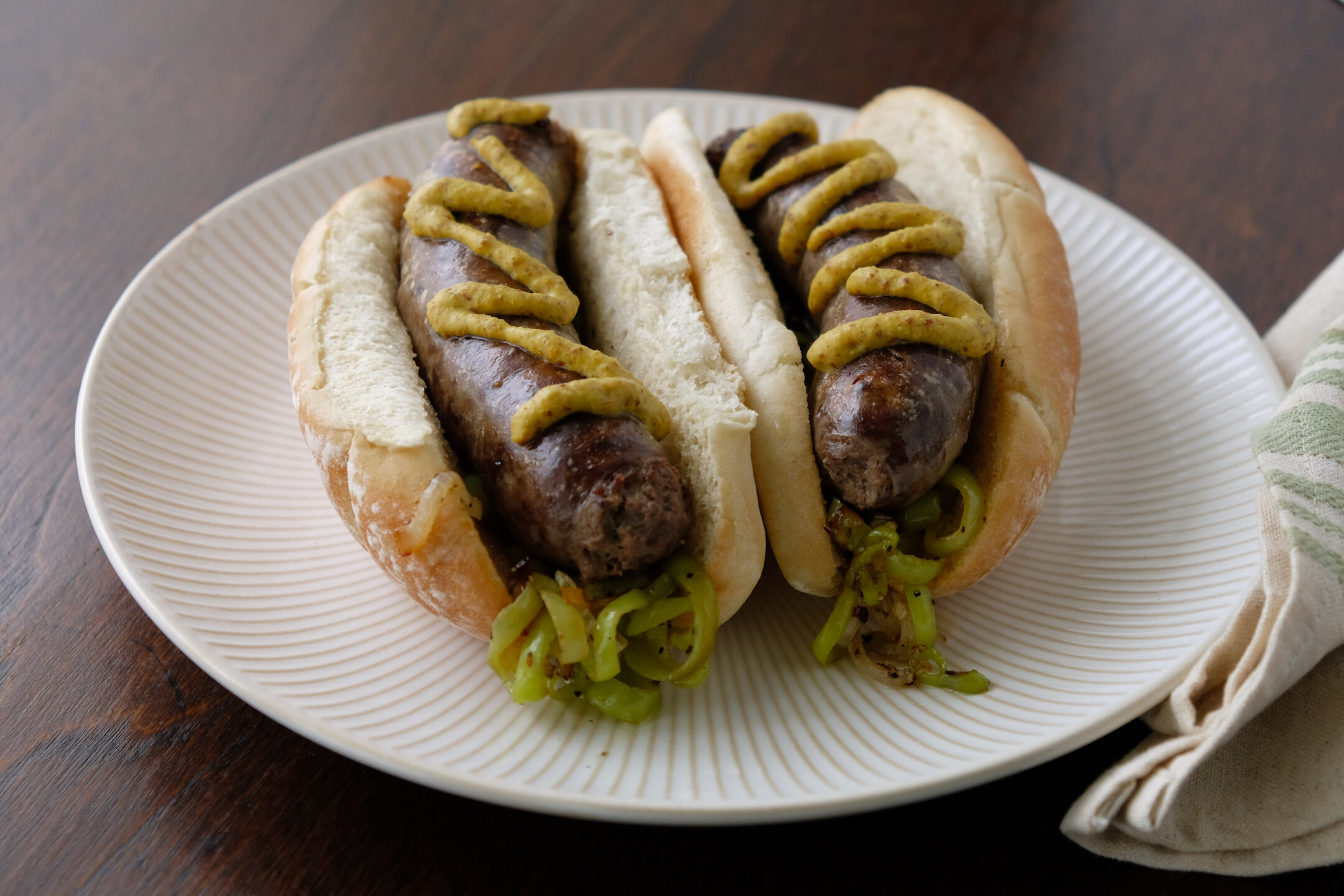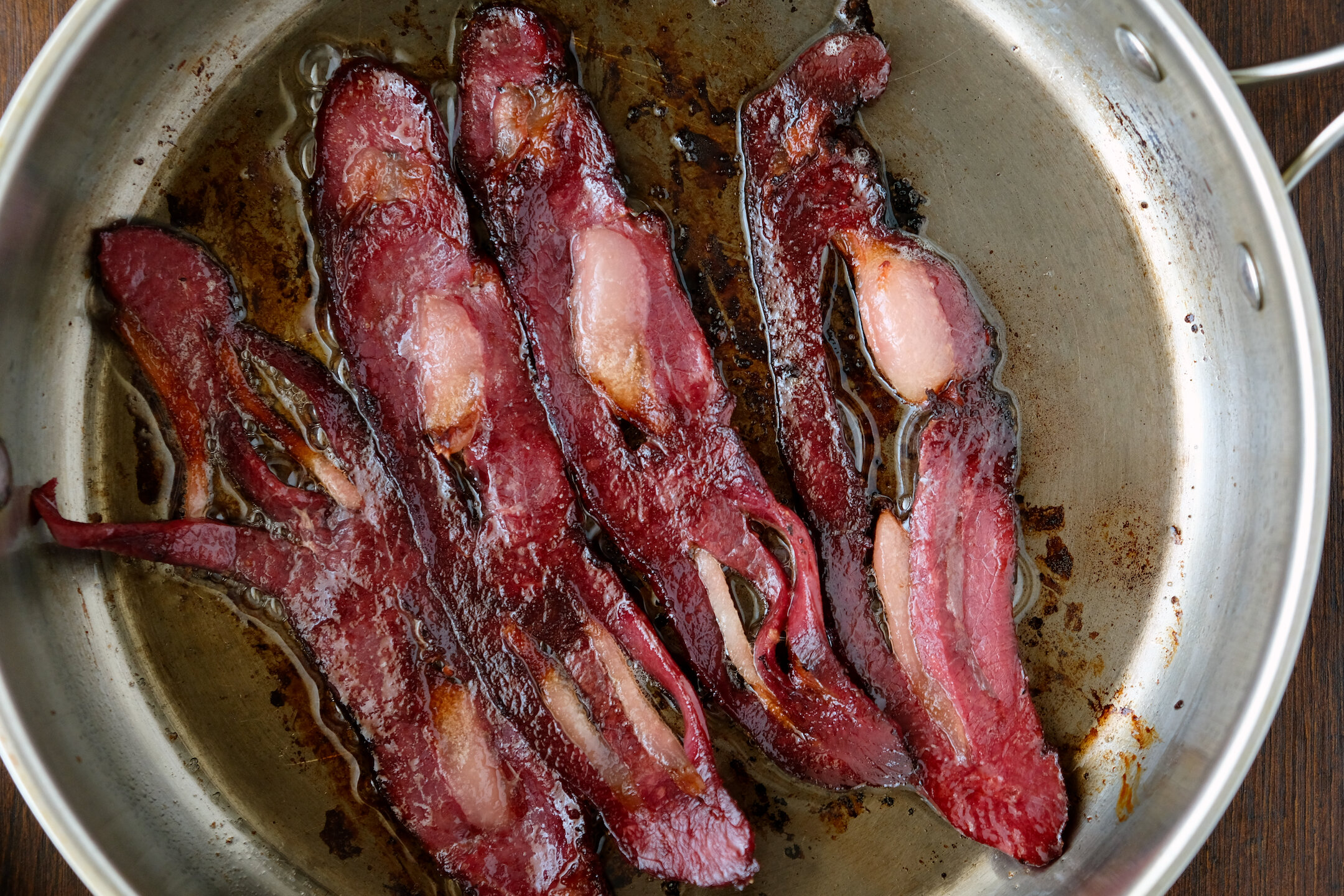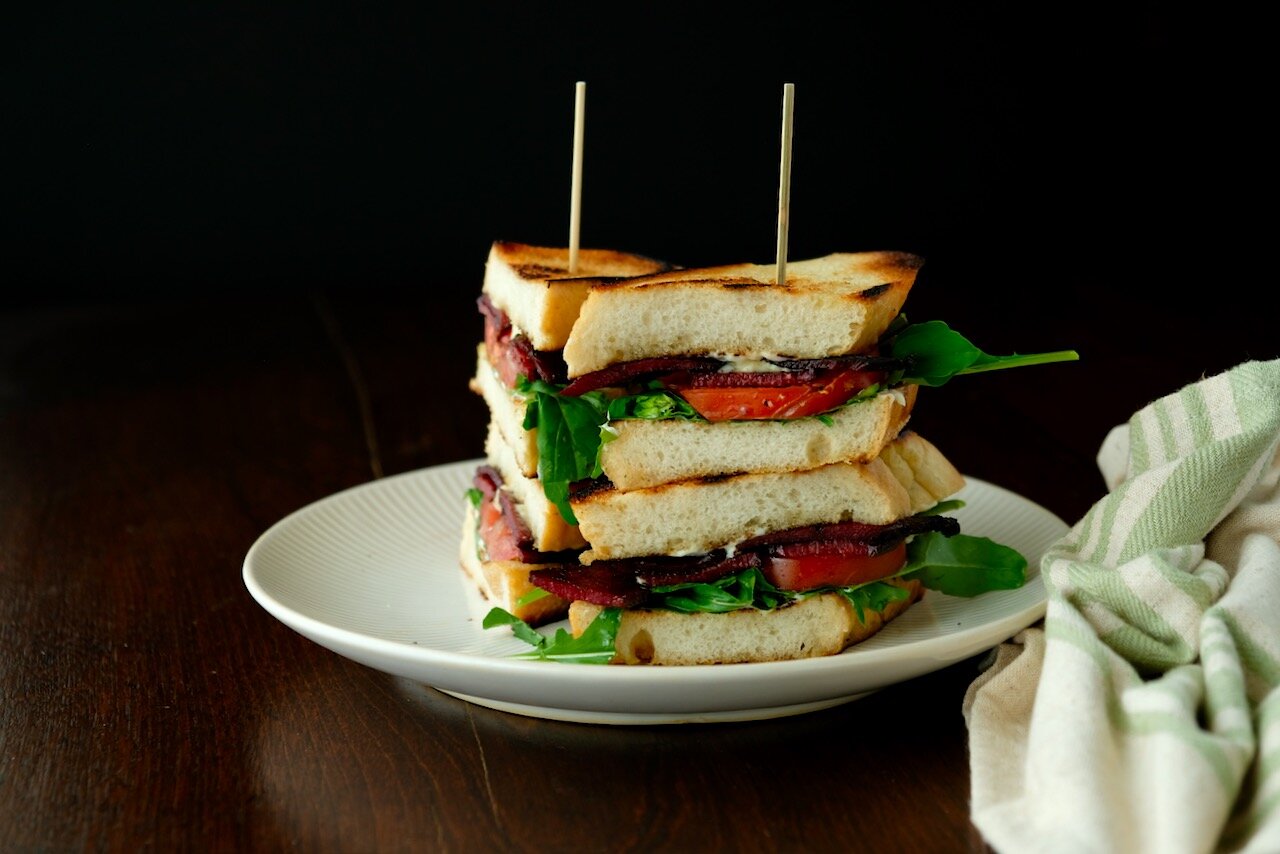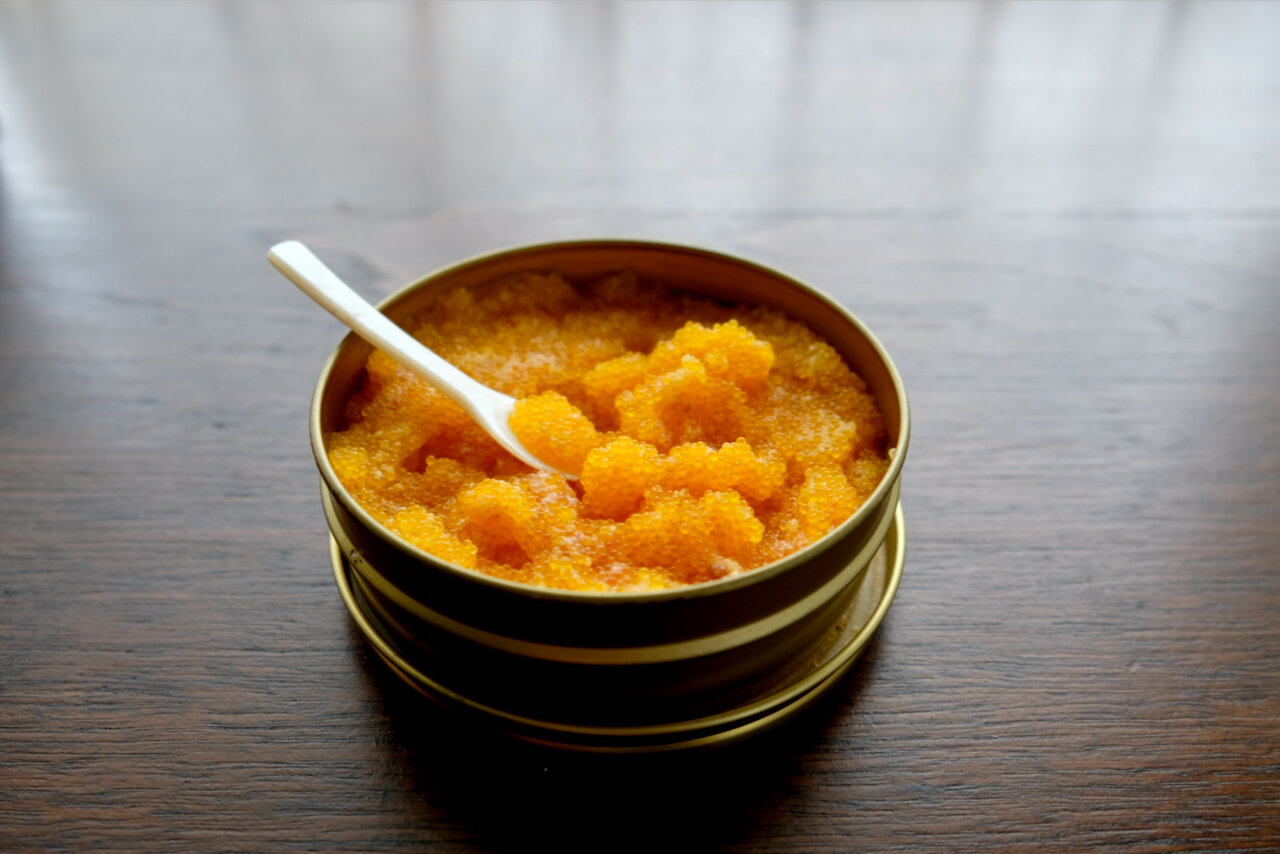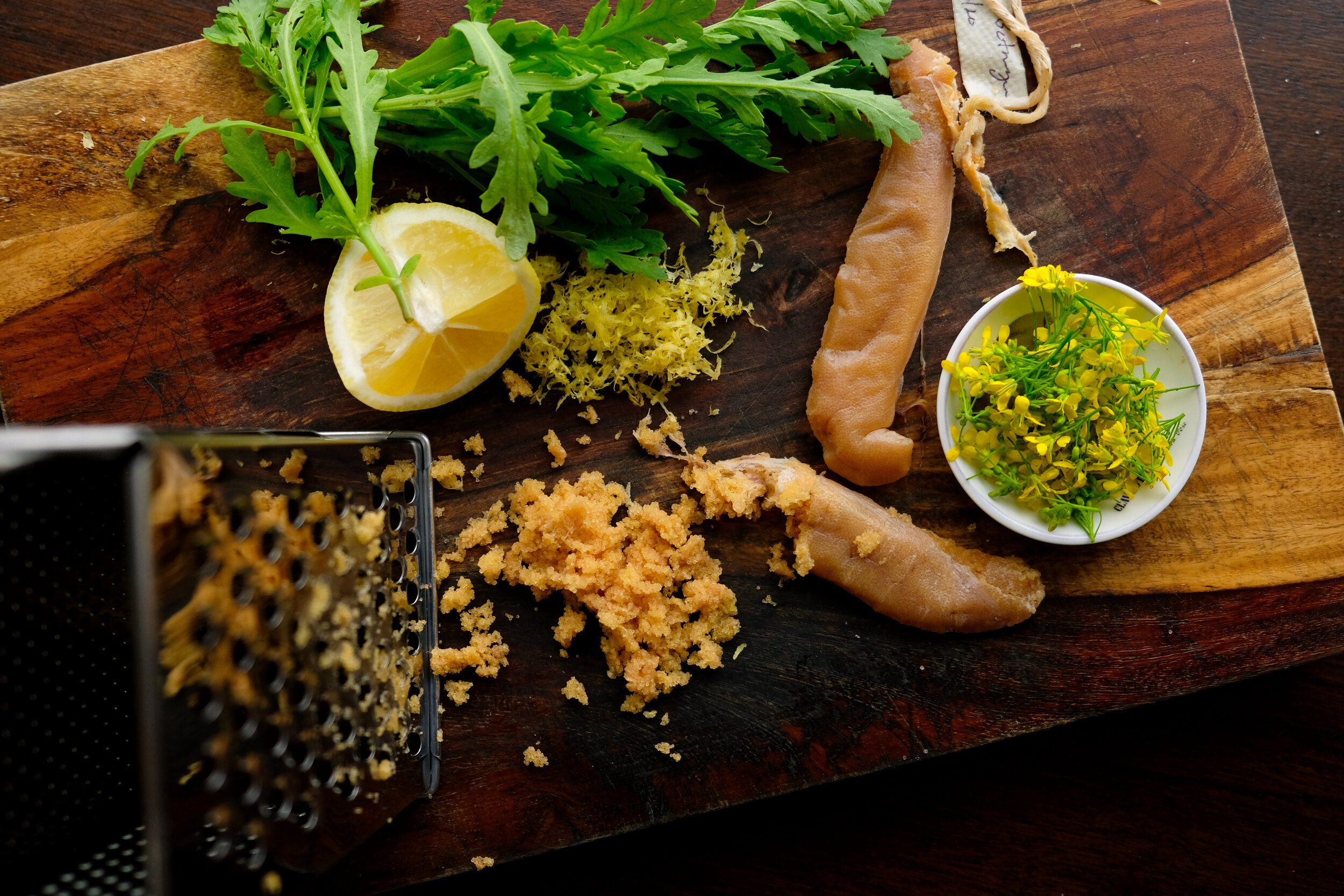Traditional Venison Summer Sausage
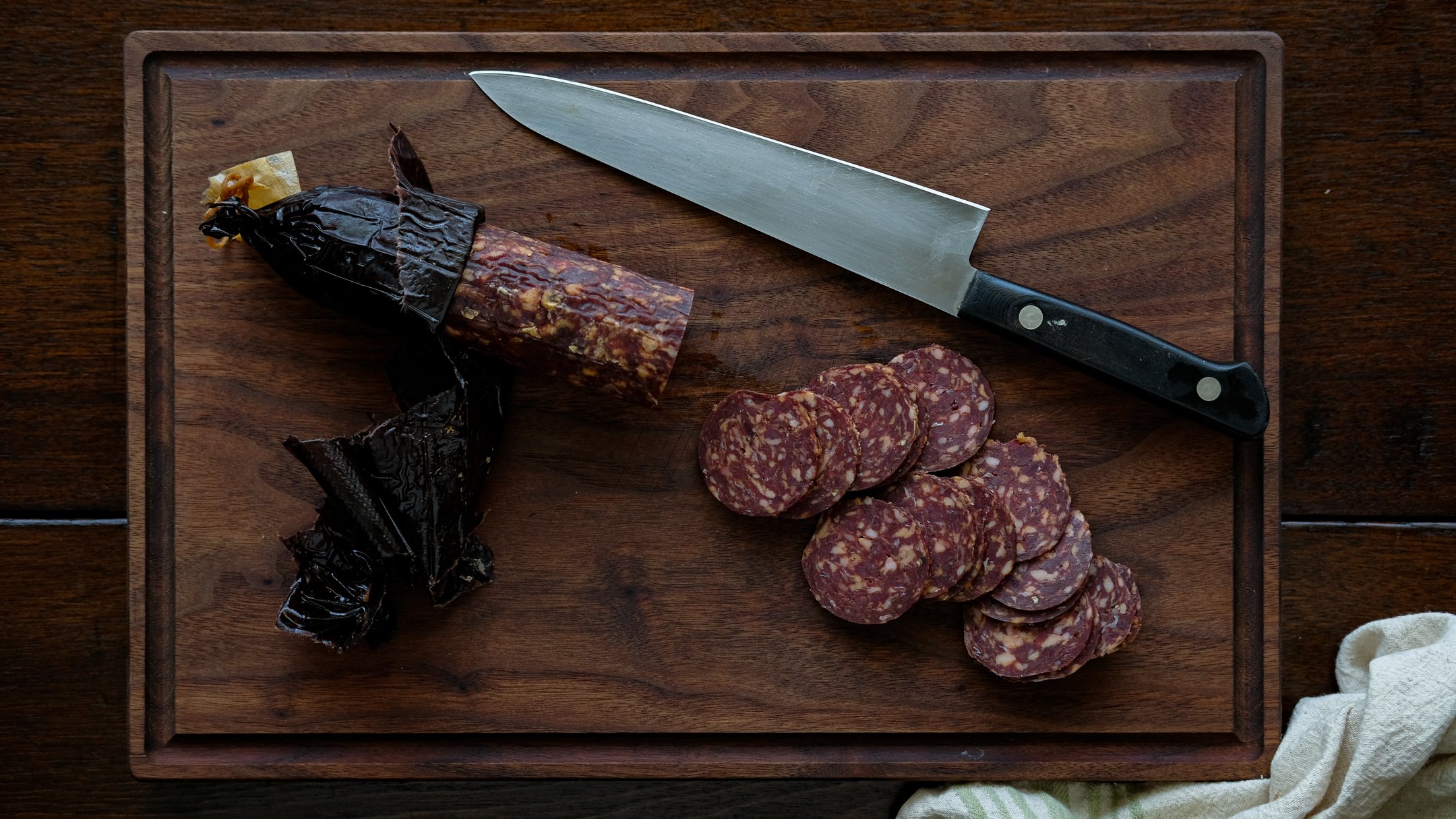
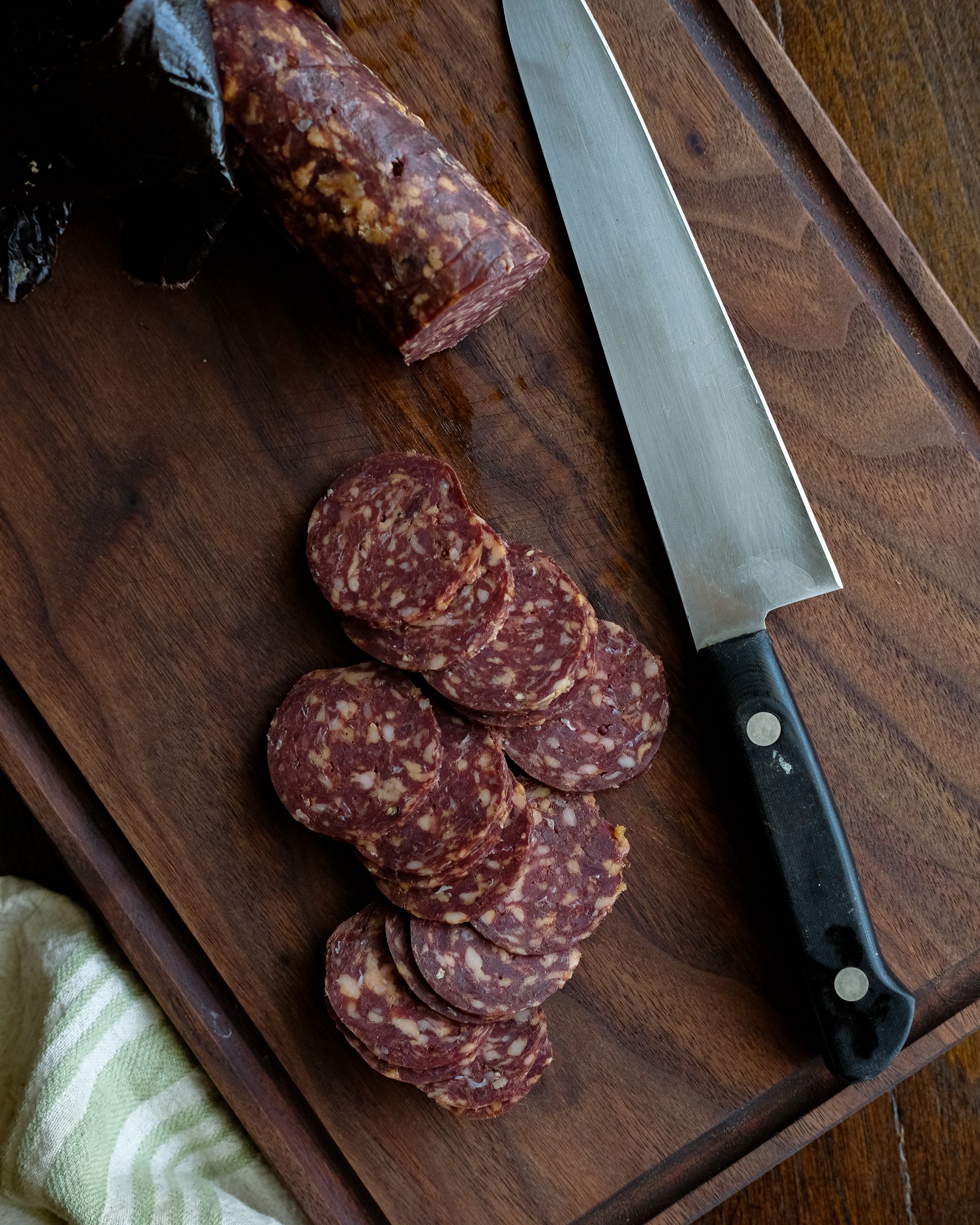
I’ve made summer sausage a bunch of times, but until now, never a traditionally fermented one. I've used fermento and dry milk to simulate the tanginess of a traditional fermented summer sausage, as well as premixed kits. These earlier attempts were always smoked and/or cooked sous vide, and when done right, they tasted pretty good. But they always lacked the tang and texture of real summer sausage.
I finally got around to developing a traditionally fermented and dry cured summer sausage, and I’m glad I did. There is something magical about fermentation and how it transforms the texture of meats. Fermented salamis have a texture and taste that can not be replicated or shortcutted. If you have experience making salami, this summer sausage recipe is pretty simple. If you are not familiar with fermented and dry cured sausages, check out our primers:
How to make fermented sausages
The ingredients for this recipe are very simple, and like our landjaeger recipe, we cold smoke these sausages for a few hours before hanging them to dry in the curing chamber. The end result is a tangy sausage that reminds you of those store bought summer sausages that are ubiquitous around the holidays, but with a refined taste and texture that you only get from putting uncooked meat into a not very cold box for weeks.
We used fibrous casing for these summer sausages, in various sizes, the smaller ones will achieve target weight loss sooner than the larger ones, but we found that the traditional 1.5-2 inch casings to be our favorite (they fit on a ritz cracker perfectly).

Traditional Venison Summer Sausage Recipe
As always, we use metric measurements and go by percentage weight for our sausage recipes. We do this to make the recipes easy to scale and replicate exactly, batch after batch. If you’re thinking of getting into sausage making and don’t own a kitchen scale, please do yourself the favor of buying one. They’re inexpensive relative to the cash outlay of all the other equipment you’ll need to pick up, and will save you a lot of effort in terms of scaling recipes into imperial measurements. To measure your ingredients, first weigh the meat you are using, and then calculate the weight of all the other ingredients based on the weight of the meat.

Ingredients:
Venison, cubed for grinder
33% pork fat, cubed
2% salt
2% dextrose
0.35% instacure #2
1% mustard powder
0.2% coriander, ground
0.1% garlic powder
0.5% paprika
0.5% coarse black peppercorns
Bactoferm f-RM-52
Distilled water
Method:
Weigh the venison (in grams) that you will be using to make the sausage. Use this weight to calculate the amount of each ingredient you will be using. For example, if you are starting with 1000 g of cubed venison, you will need 330 g of pork fat, and so on.
Cube the venison and pork fat, and measure your spices accordingly. Mix all ingredients except water and bactoferm, cover and refrigerate overnight.
Reactivate bactoferm as directed on the package. Set aside.
Grind the meat mixture through a fine die. Using a paddle attachment on a stand mixer on a low setting (or wooden spoon), mix ground meat until incorporated. Mix in reactivated bactoferm. Mix for 1-2 minutes until the meat is tacky.
Stuff into 1.5-2.5” fibrous casings- use hog rings or twine to tie off the ends.
Incubate for 24 hours at ~85F temp and 85%+ humidity.
Cold smoke (sub 100F) for 3-4 hours.
Weigh and record starting weights.
Hang sausages in a curing chamber until 30-35% weight loss is achieved.






